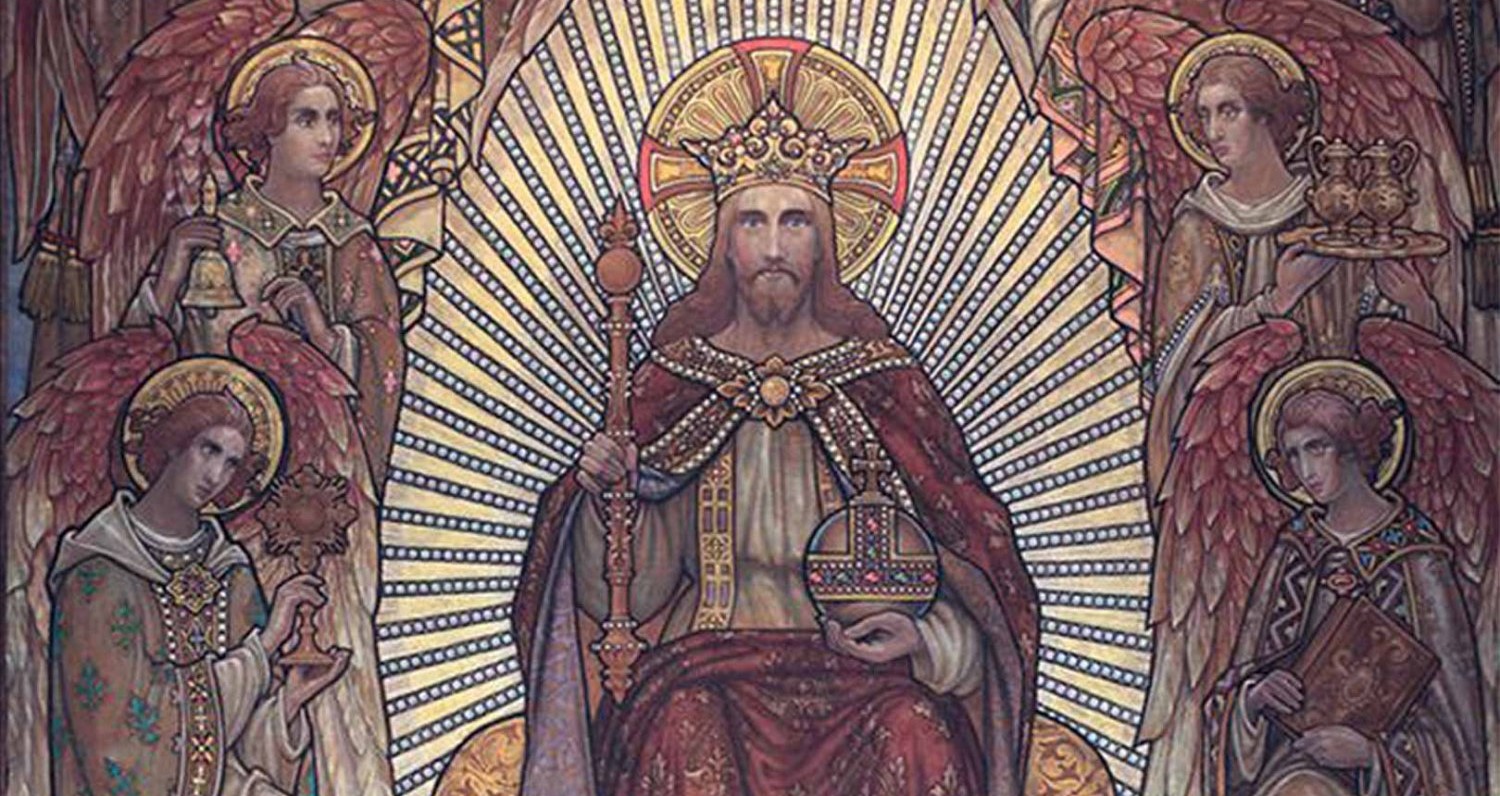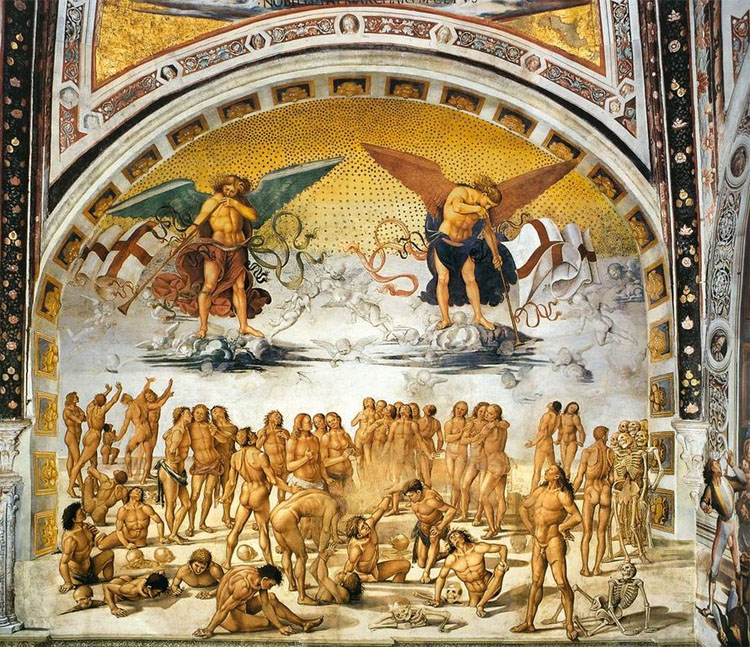 We are quickly approaching the end of the liturgical year as next week’s Solemnity of Christ the King is the final Sunday. The following Sunday begins the 2022 liturgical year with the Season of Advent. Or does it? Well...Advent officially begins this year on November 28; however, there is a certain aspect of the readings in the final two Sundays of the liturgical year which have an Advent character and thus the liturgical years overlap. How so? The word advent comes from the Latin ad-venire or adventus which means “to come to” or “arrival.” The Universal Norms on the Liturgical Year and the Calendar states:
We are quickly approaching the end of the liturgical year as next week’s Solemnity of Christ the King is the final Sunday. The following Sunday begins the 2022 liturgical year with the Season of Advent. Or does it? Well...Advent officially begins this year on November 28; however, there is a certain aspect of the readings in the final two Sundays of the liturgical year which have an Advent character and thus the liturgical years overlap. How so? The word advent comes from the Latin ad-venire or adventus which means “to come to” or “arrival.” The Universal Norms on the Liturgical Year and the Calendar states:
“Advent has a twofold character, for it is a time of preparation for the Solemnities of Christmas, in which the First Coming of the Son of God to humanity is remembered, and likewise a time when, by remembrance of this, minds and hearts are led to look forward to Christ's Second Coming at the end of time. For these two reasons, Advent is a period of devout and expectant delight” (no. 39).
The United States Conference of Catholic Bishops notes,
“From the earliest days of the Church, people have been fascinated by Jesus’ promise to come back [emphasis added]. But the scripture readings during Advent tell us not to waste our time with predictions. Our Advent readings call us to be alert and ready, not weighted down and distracted by the cares of this world (Lk 21:34-36).”
So as the Universal Norms and USCCB explain, Advent focuses on the two comings of Christ: his First Coming at Christmas and his Second Coming at the end of time. At its inception sometime in the fourth or fifth century, Advent was a 40 day season (six weeks) of fasting and preparation for Christmas just as Lent was for Easter. While the fasting was not as intense as Lent, Christians still would chasten their hearts, confess their sins, and fast in preparation for the joyful feast that was to come. By the sixth century the season of Advent was tied to the second coming of Christ; however, it was not until the Middle Ages where the remembrance of Christ’s first coming at Christmas was explicitly added to the calendar. Thus, Advent is arranged in a manner that we focus on Jesus’s return in glory first and his birth second. The present situation of the “last days” in which we find ourselves symbolizes the advent of Christ’s return in glory and the consummation of his eternal kingdom. Similar to Israel at the end of the Old Testament, the Church is currently in exile, waiting and hoping in expectation of the coming of the Messiah. When the end of the age finally arrives, Christ, the Eternal High Priest and King, will reign over the kingdom of heaven and earth forever.
 With that background, it is more apparent how the liturgical years overlap and a case can be made that Advent could be extended to this weekend! The readings on the Thirty-third Sunday of Ordinary Time and the Solemnity of Christ, King of the Universe focus completely upon the end of the age and final judgment, Christ’s Second Coming, and his reign over the eternal kingdom. (As an aside, some of the Eastern Churches as well as the Ambrosian Rite [Milan, Italy] and Mozarabic Rite [Toledo, Spain] continue to have a six week Advent which does start this weekend.) As we look toward the Second Coming, we are exhorted by Jesus himself in the Alleluia Verse today: “Be vigilant at all times and pray that you have the strength to stand before the Son of Man” (Luke 21:36). While not officially Advent yet, we can still prepare our hearts “as we await the blessed hope and the coming of our Savior, Jesus Christ” (The Lord’s Prayer, Embolism).
With that background, it is more apparent how the liturgical years overlap and a case can be made that Advent could be extended to this weekend! The readings on the Thirty-third Sunday of Ordinary Time and the Solemnity of Christ, King of the Universe focus completely upon the end of the age and final judgment, Christ’s Second Coming, and his reign over the eternal kingdom. (As an aside, some of the Eastern Churches as well as the Ambrosian Rite [Milan, Italy] and Mozarabic Rite [Toledo, Spain] continue to have a six week Advent which does start this weekend.) As we look toward the Second Coming, we are exhorted by Jesus himself in the Alleluia Verse today: “Be vigilant at all times and pray that you have the strength to stand before the Son of Man” (Luke 21:36). While not officially Advent yet, we can still prepare our hearts “as we await the blessed hope and the coming of our Savior, Jesus Christ” (The Lord’s Prayer, Embolism).


Comments
There are no comments yet - be the first one to comment: